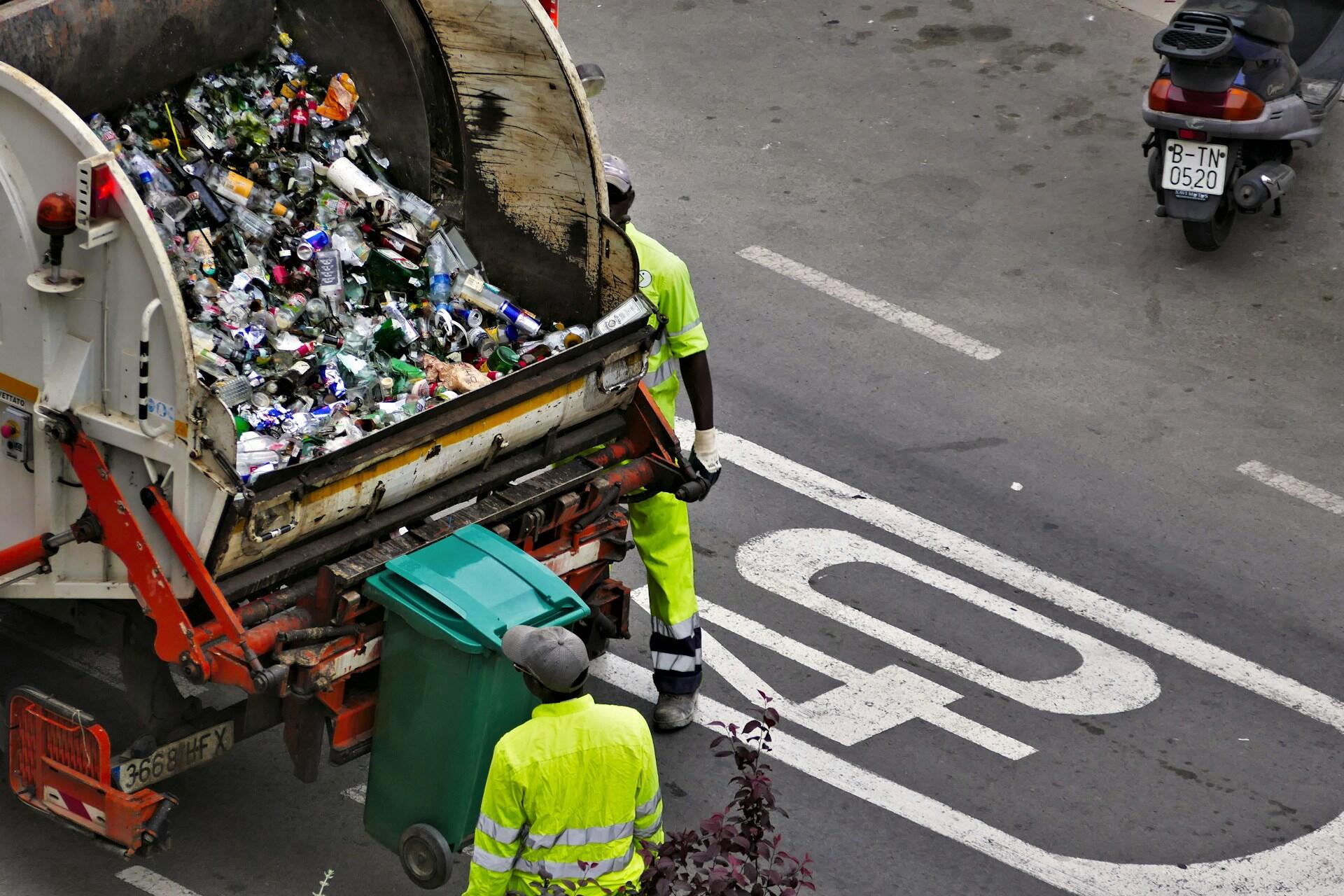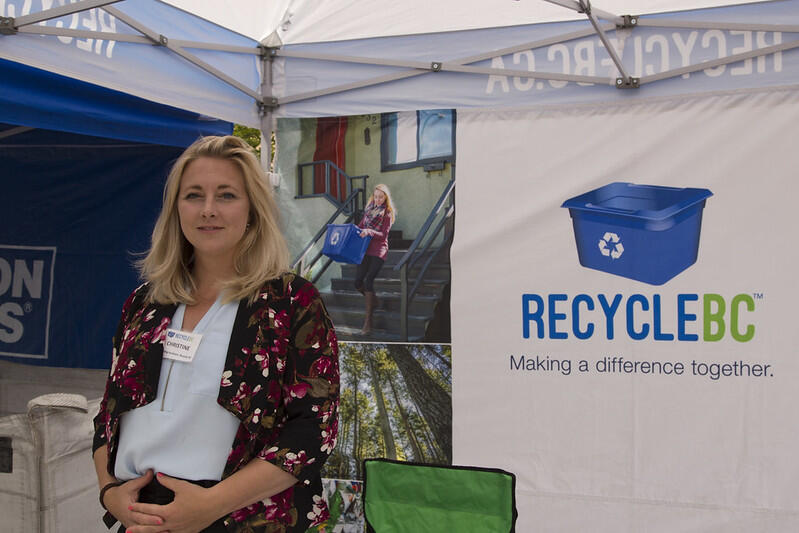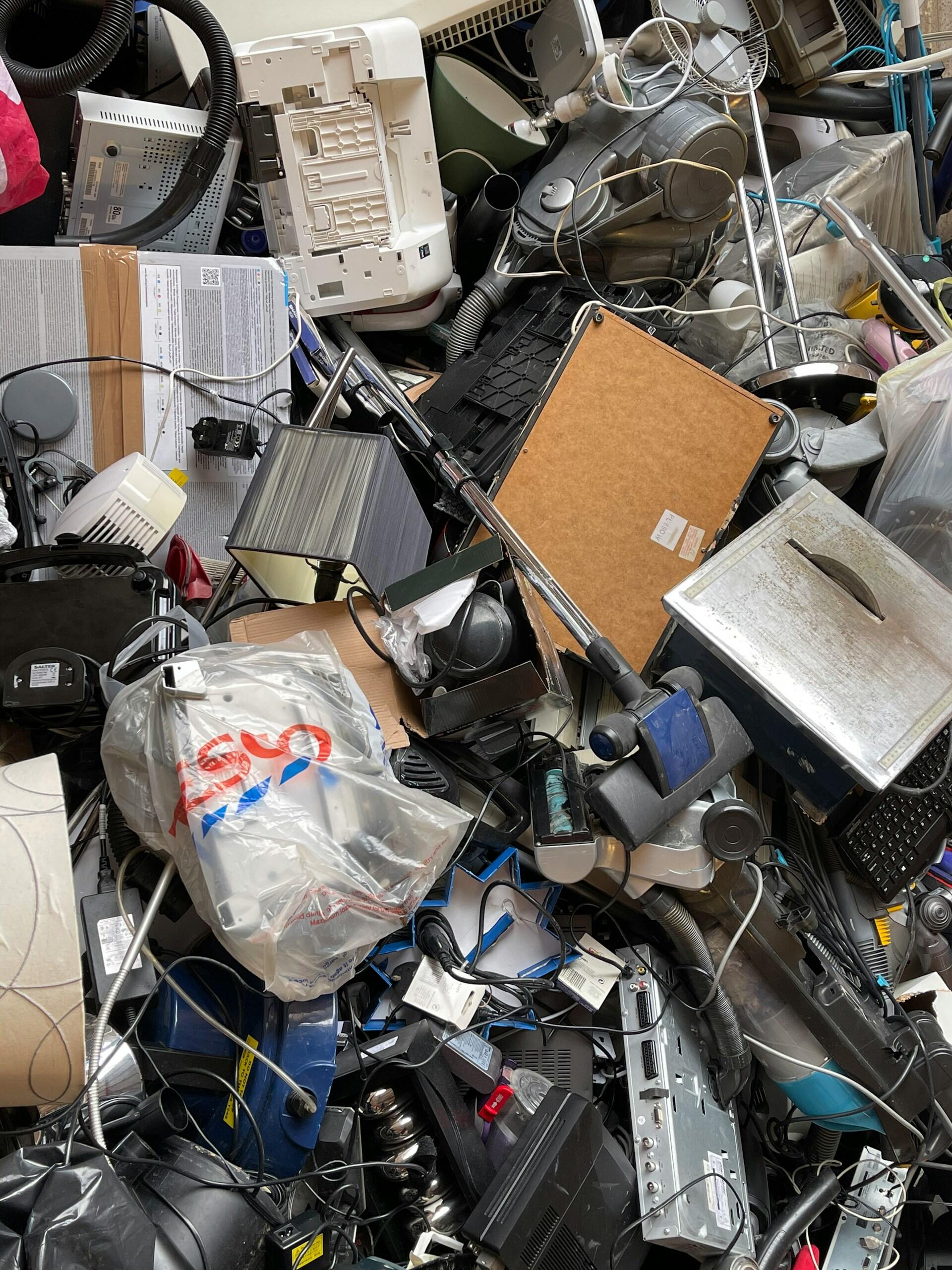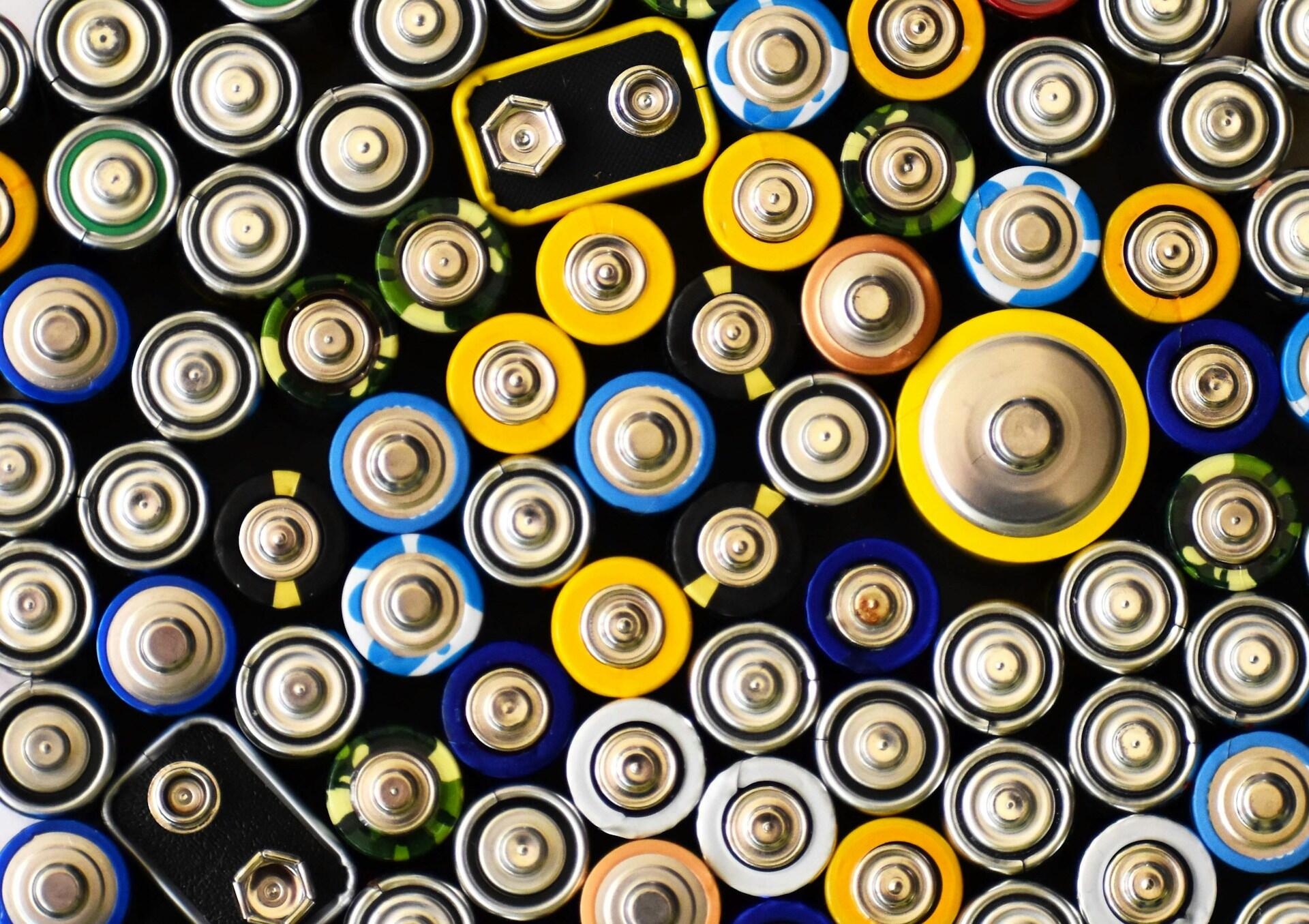Overview of Canada's recycling programs
- The national recycling framework of Canada is guided by the Extended Producer Responsibility (EPR)
- ECRs are carried out at the provincial level, with different recycling regulations for different materials
- More needs to be done to have effective electronic waste recycling programs in Canada
- Through Call2Recycle, cell battery recycling programs are gaining momentum nationwide
In this article, we will explore two core perspectives on Canada’s recycling landscape. The first is the macro-lens, which looks at the national recycling framework, which is the Extended Producer Responsibility (EPR) — the big picture that sets the overall goals for recycling across the country. The second is the micro-lens, which focuses on how each province applies its own recycling regulations and programs based on the EPR model to achieve those national goals.

♻️ National Recycling Framework
Before we get into the details, let's look at how the national recycling framework came about. The Canada-Wide Action Plan for Extended Producer Responsibility (CAP-EPR) was introduced and adopted by the Canadian Council of Ministers of the Environment (CCME) in 2009. It offers a clear guideline on recycling different materials within specific timelines to allow a smooth transition across different provinces and territories as follows:
⚡ Phase 1
- Timeline: Within 6 years of adoption
- Packaging and printed materials
- Mercury-containing lamps
- Other mercury-containing products
- Electronics and electrical products
- Household hazardous and special wastes
- Automotive products
⚡ Phase 2
- Timeline: Within 8 years of adoption
- Construction materials
- Demolition materials
- Furniture
- Textiles and carpet
- Appliances, including ozone-depleting substances (ODS)
🎯 Extended Producer Responsibility (EPR) in Canada
The CCME defines Extended Producer Responsibility (EPR) as an environmental policy approach in which a producer’s responsibility for a product is extended to the post-consumer stage of its life cycle.
The main significance of this policy's implementation nationwide is to shift the expenses associated with product end-of-life management from taxpayers to producers and consumers. In the long run, this policy will eventually reduce the amount of waste generated and the need for its disposal.
Effective waste management through consistent recycling programs across the country will help to reduce greenhouse gas emissions, which is in alignment with Canada's plan to reach Net-zero emissions by 2050.

One way the federal government is supporting ECR is to introduce the concept of the circular economy, by transforming waste into a resource that can not only boost the country's economy but also the environment. Some other examples of how federal policies support EPR initiatives these few years include:
🔄 Provincial Recycling Programs
Now, let's look at the respective recycling policies and programs of different provinces in Canada.
🍁 British Columbia
The official organization responsible for managing residential packaging and paper recycling is none other than Recycle BC.

Since 2014, Recycle BC has worked together with various home collection centres and network depots across different locations according to different materials, such as containers, flexible plastic, glass, paper, and foam packaging.
Not only that, Recycling BC is known to be one of the first extended producer responsibility programs to introduce 100% electric trucks as a greener way to transport the province's recycling materials — playing a huge role in reducing greenhouse gas emissions.
BC households
Sent to recycling end markets in BC
🍁 Alberta
When it comes to Alberta, there are two Delegated Administrative Organizations (DAOs) that help run the ECR in the province.
In this context, a DAO is a non-profit organization that the provincial government gives authority to run certain recycling programs on its behalf. The Alberta government sets the regulations and delegates operations to the DAO.
The first is the Alberta Recycling Management Authority (ARMA), while the second is the Beverage Container Management Board (BCMB). Let's explore how these two organizations coordinate to regulate different recycling materials and programs in Alberta.
| Aspect | Alberta Recycling Management Authority (ARMA) | Beverage Container Management Board (BCMB) |
|---|---|---|
| Program Focus | Manages recycling programs for electronics, paint, tires, and used oil | Oversees recycling of beverage containers |
| Organizational Type | Not-for-profit organization acting on behalf of the Alberta government | Not-for-profit organization under Alberta’s Environmental Protection Act |
| Responsibility | Extended Producer Responsibility (EPR) for several materials | Regulates and manages the beverage container recycling system |
| Program Scope | Handles multiple materials including electronics, paint, tires, and oil | Focused solely on beverage containers |
| Collection Method | Various collection points specific to each material type | Over 200 bottle depots across Alberta collect beverage containers |
| Environmental Goal | Reduce landfill waste, promote resource recovery, support circular economy | Achieve high recycling rates (target 85% recovery), reduce environmental impact |
🍁 Ontario
Like other provinces in Canada, Ontario is also transitioning towards a full producer responsibility model for recycling under the ECR.
Among these programmes, the Ontario Deposit Return Program for alcoholic beverage containers has been going strong since 2007. Basically, anyone who buys beer, wine, spirits, and cooler in Ontario will be charged a 10–20¢ deposit. If they return the empty containers to The Beer Store or certain licensed stores, they can get their deposit back.
Since the program's inception
🍁 Quebec
Another major province in Canada, Quebec, is also recognized for its strong and effective EPR regulations. The province places a high priority on e-waste management, which is overseen by the Electronic Products Recycling Association (EPRA-Québec).
Some of the popular electronic waste that are recycled under these initiatives include the following:
- Display devices
- Non-cellular phones and answering machines
- Desktop and personal computers
- Computer and video games peripherals
- Desktop printers, scanners
- Portable and non-portable audio systems
- Home theatre (box)
- Vehicle video/audio and navigation systems
- Cellular devices and pagers
Additionally, Quebec is known for its high solid waste diversion rates and ongoing creative recycling initiatives, where a significant portion of waste is recycled, reused, or composted instead of being sent to landfill.
Québec City now hosts the first-ever system in North America that collects recyclables and organics together (commingled) and separates them later using advanced technology known as the Machinex system.
🍁 Atlantic Canada
Moving on, let's look at the waste management and ECR initiatives around Atlantic Canada. We'll be focusing on these two provinces: Nova Scotia and New Brunswick.
Nova Scotia
- Banned landfill disposal of all compostables in 1997
- 95% of Nova Scotia’s households have access to curbside collection of source-separated organics
New Brunswick
- Introduced an Extended Producer Responsibility program for electronic products in 2017
- New packaging and paper stewardship management plan is approved under Recycle NB
That's why Nova Scotia has constantly achieved the highest waste diversion rate in Canada, while New Brunswick has created an EPR movement for different forms of recycled materials.
🍁 Northern Territories
Finally, let's look at the Northern Territories. The government of Yukon has decided to implement an EPR program stage by stage for different materials in 2025.
| Product category | Producer Responsibility Organizations (PROs | Beginning of ECR Program |
|---|---|---|
| Batteries | Call2Recycle | June 24, 2025. |
| Oil, Diesel Exhaust Fluid, and Antifreeze | Interchange Recycling | August 1, 2025 |
| Packaging and Paper Materials | Circular Materials | November 1, 2025 |
| Hazardous and Special Products | Product Care Association | Fall2025 (Estimation) |
On the other hand, the Northwest Territories are well known for their recycling programs for beverage containers and electronics. For example, the Deposit-Return for Beverage Containers program applies to anyone who buys a ready-to-serve drink, where consumers are encouraged to return the containers for recycling purposes at community depots instead of disposing them.
Since 2016, the Government of the Northwest Territories (GNWT) has also introduced the Electronics Recycling Program to encourage efficient waste management among the residents. Later in 2021, a new initiative, E Pilot, was introduced to recycle over 500 additional types of electronics, resulting in high diversion rates.
🔌 Electronic Waste Recycling
Did you know that electrical and electronic waste production (e-waste) has tripled over the last two decades in Canada? According to research by the University of Waterloo, e-waste generation per person has increased from 8.3 kg in 2000 to 25.3 kg in 2020. This figure is expected to grow in the years to come.

As compared to other materials, the recycling of electronic and electrical waste is still far behind. Additionally, there are still many unused electronics in Canadian households.
Eventually, many of them end up in regular trash and landfills, where they could have been reused or repurposed with the right steps to save more resources and also help to curb illegal exports of waste.
To curb this, many recycling programs are run across provinces for the collection and recycling of e-waste such as follows:
| Province / Territory | Managing Organization | Program Overview |
|---|---|---|
| British Columbia | EPRA BC (Recycle My Electronics) | First e-waste program in Canada (2007); wide collection network. |
| Alberta | Alberta Recycling Management Authority | Covers electronics along with paint, tires, and used oil. |
| Ontario | EPRA Ontario / Recycle My Electronics | Large program; shifting toward full EPR model. |
| Quebec | EPRA Québec | Integrated with municipal recycling depots. |
| Nova Scotia | EPRA Nova Scotia | Accepts wide range of electronics; part of strong diversion efforts. |
| New Brunswick | EPRA New Brunswick | EPR-driven; drop-offs at depots and retailers. |
| Yukon | Gov. of Yukon (planned) | EPR program expected by 2025. |
| Northwest Territories | Gov. of NWT | Electronics accepted at depots; tied with beverage container program. |
Some of the common challenges in managing electronic waste include a low overall collection rate, which can be attributed to unequal accessibility across different provinces. Logistical challenges also proved to be one factor, as electronic waste is heavier to transport, especially for long distances — it has a higher price to pay, both financially and environmentally (due to gas emissions).
However, there are still some success stories for managing electronic waste in Canada. Through the Recycle My Electronics program, close to one million tonnes of e-waste have been recycled nationwide.
🔋 Battery Recycling Programs
Finally, let's talk about battery recycling programs. Call2Recycle is definitely a household name in the country when it comes to battery collection and recycling services. In 2024, this organization announced that it had recycled over 6.8 million kg of batteries through its amazing program, Recycle Your Batteries, Canada!
Collect, Protect and Drop Off
Motto of Call2Recycle
There are two reasons why this program is successful. Firstly, there is an increase in drop-off centres for batteries nationwide. Secondly, the drop-off centres are also within proximity to different households, regardless of your location in Canada. You can have effective recycling of batteries in Kingston or Saskatoon. According to Call2Canada, more than 89% of Canadians live within 15 km of a drop-off location — over 17,000 sites nationwide. Isn't that amazing?

Having said that, proper battery disposal in Canada remains more relevant than ever, now that more electric vehicles are on the road, too! Proper battery recycling can help reduce hazardous material leakage, which is in alignment with Canada’s push toward a net-zero emissions future.
We hope this article has inspired you to be part of Canada's recycling landscape, in a small or big way. If you wish to explore more about recycling, the role of the recycling plant, and its relationship with society, you can always connect with a Superprof tutor to learn more about this topic through one-to-one tutoring.















